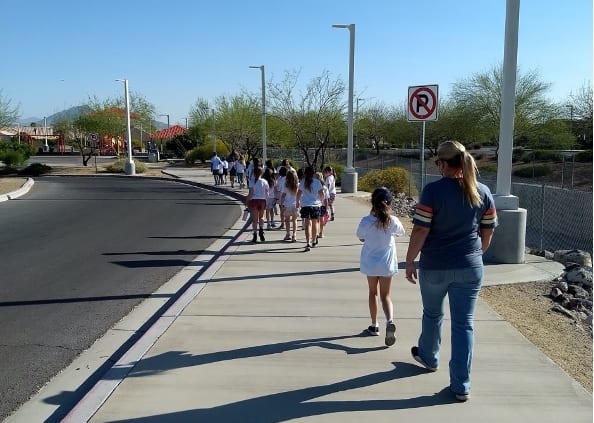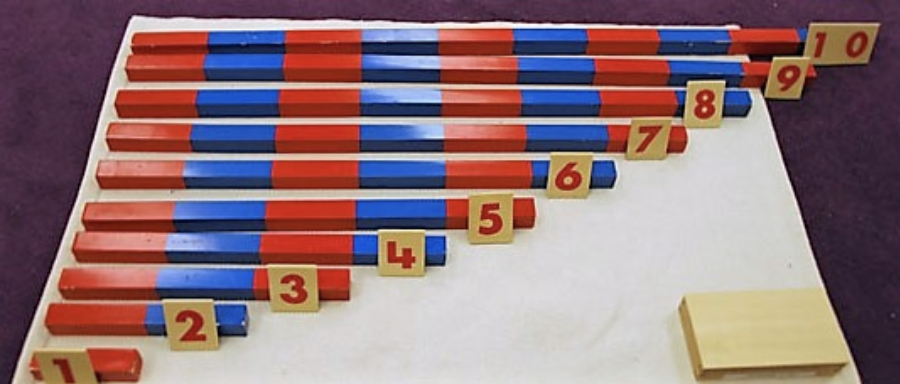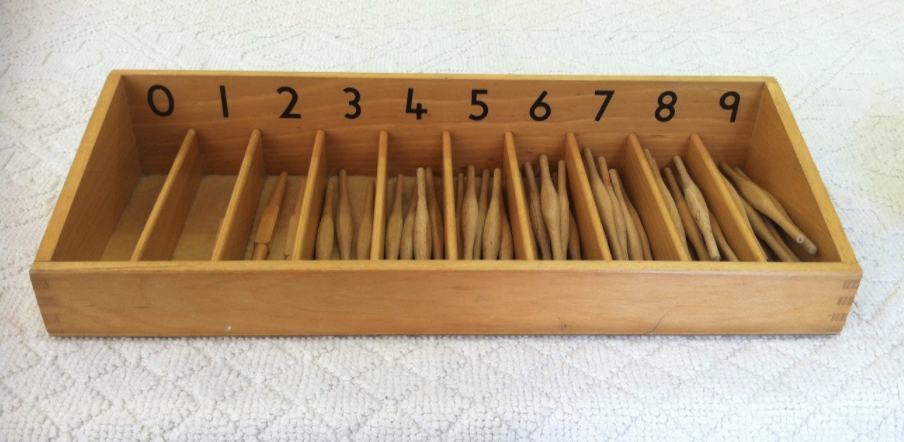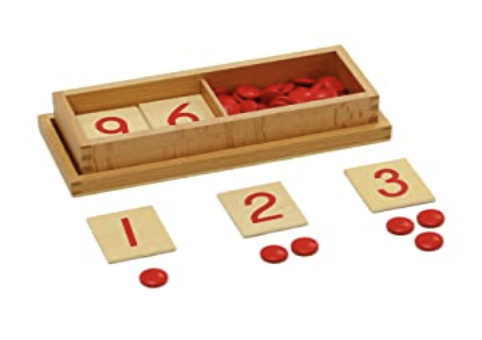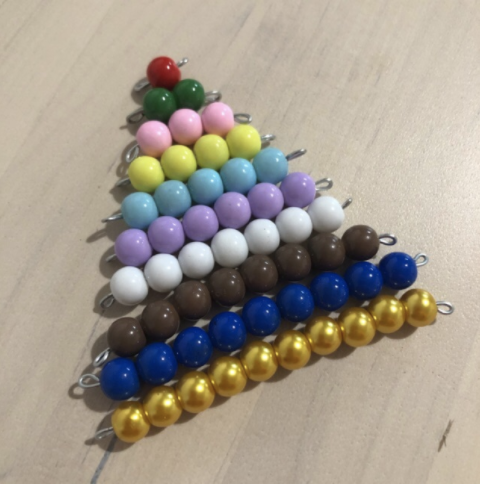The Outdoor Classroom
| Monday | 8:00 AM - 4:00 PM |
| Tuesday | 8:00 AM - 4:00 PM |
| Wednesday | 8:00 AM - 4:00 PM |
| Thursday | 8:00 AM - 4:00 PM |
| Friday | 8:00 AM - 4:00 PM |
| Saturday | Open 24 hours |
| Sunday | Open 24 hours |
Being outside is THE best. Children use all of our senses when we’re outside. They see, hear, smell, touch and sometimes taste if there are tasty vegetables in the garden or fruit on the trees. Being outdoors builds their confidence. It teaches responsibility and promotes imagination. In a less structured environment, children have an opportunity to control their movement and refine their gross motor skills. Being outdoors promotes exercise, allows them to release energy that has built up throughout the day, and gives them a much deserved brain break after working hard. Simply put, children need to move! These are just a few of the benefits of having an outdoor class.
Living Out Our Core Values
Service is a core value of our learning community. Every grade level and student council completes at least one service project each year. Students learn about the group of individuals their project will support and the entire school community is invited to participate by making donations.
Lower Elementary students completed their service project on April 16th. The service project’s goal was to help students at Laura Dearing Elementary School, a Title 1 elementary school in Las Vegas. Students at Dearing Elementary were in need of snacks that would help students remain full and energized throughout the day and McDonald’s gift cards to incentivize students to come to school every day. Within the first few days of the project alone, the cars of our lower elementary teachers were overflowing with donations. The kindness and generosity of our families is absolutely incredible.
The students from each lower elementary school classroom also walked a mile as a “Walk Together” fundraiser for the donations. The walk allowed the lower elementary students to work in solidarity when they have had to remain separate due to COVID-19 policies. The gift of service teaches us all that we are global citizens and thinking outside of ourselves can lead to powerful community change.
We are so proud of our community!
Montessori Math
Montessori curriculum is based on giving children exposure to concrete materials first, then giving them incremental opportunities to build more abstract concepts.
What do we mean by concrete? The children are able to hold a material in their hands. Montessori Math is unique in that math skills are developed through hands on materials first. They physically hold, carry and manipulate materials to gain a complete understanding of the concept of quantity.
Children initially experience concrete 1-10 concepts in Sensorial by doing activities such as the Pink Tower, Brown Stairs, Red Rods, Knobbed and Colored Cylinder. All of these activities have ten physical components to them (10 cubes, 10 stairs, 10 cylinders, etc.). While we do not count these components, children work with them and unconsciously experience what 10 items feel like. The materials are carried individually to a workspace on the floor, built or organized, then returned, one piece at a time, to their proper location in the classroom.
Montessori math materials stem directly from the Sensorial materials by utilizing the physical feel of 1-10, then adding the more abstract idea of a symbol: the number that corresponds to the physical quantity.
Number recognition is taught after the concrete materials are introduced, then the two concepts are paired together. In this manner, children develop a thorough understanding of not only numbers, but what those numbers represent.
Examples of Early Montessori Math materials include:
The Red and Blue Rods
The Spindle Boxes
Cards and Counters
and the Short Bead Stair.
When concepts of 1-10 are mastered, children move onto concepts of Teens, Tens, Hundreds and Thousands using the same process of introducing the concrete material first, then learning the symbol or number that represents the quantity, then pairing the two concepts together.
The materials are symbolic or representative of something else (a number, perhaps), and that symbolism changes over time until children are ready to let go of the materials and find solutions on paper or even in their heads. This idea of mastering a skill without the assistance of materials is what we refer to as abstraction.
When a child is ready to learn about basic operations, there are plenty of materials to support them. Montessori math uses the golden bead material; first to build numbers into the thousands. For example a single golden bead represents 1, a group of 10 beads are strung together in a straight line for 10, and 100 beads are affixed into a flat square. The thousand cube is as large as 1,000 of the original single ‘1’ bead. Once a child is able to build a visual representation of a number, the beads are used to teach basic operations. Young children are able to add, subtract, multiply, and divide numbers into the thousands using this material. They first learn with static problems – that is, with no exchanges – and then move on to more complex, dynamic problems. They quickly learn that ten 1s is equal to one 10, and they do this by holding those numbers in their hands.
Long and Short Chains are a continuation of the short bead material. These materials incorporate sequential counting that can also be used for skip counting which, in turn, aids building addition and multiplication skills.
In this manner, math concepts are easily understood and students are able to practice a wide variety of functions.
https://hollismontessori.org/blog/2018/3/19/montessori-basics-how-math-progresses-through-the-levels


